How To Kayak Fish For Bass
Do you love big bass but can't reel them in? Time to ditch a motor for good ol' arm strength and a kayak fishing rig. Bass Fishing without limits!
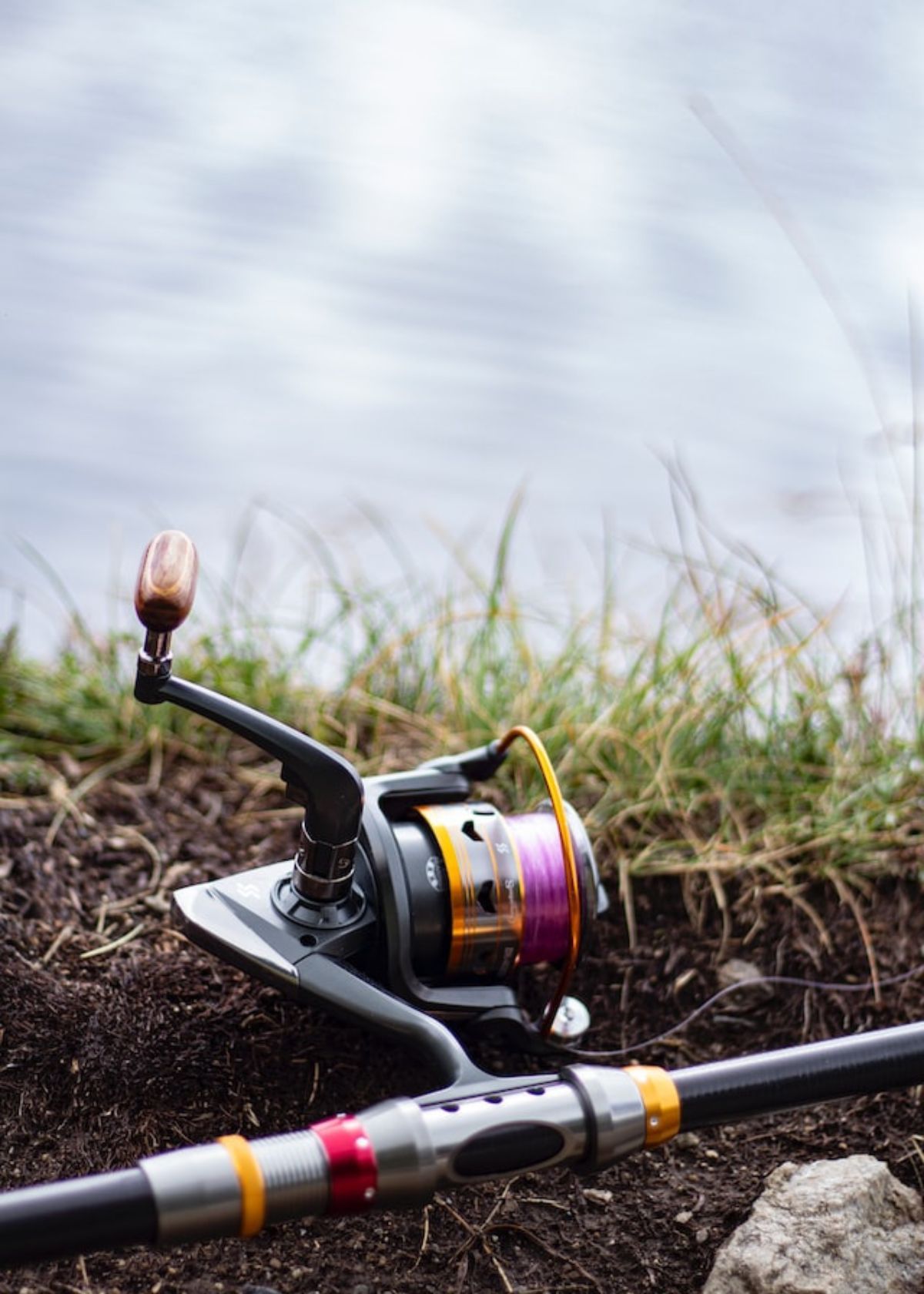
Looking for a new hobby that you can enjoy in the sunshine?
Why not try kayak fishing for bass! An exciting and thrilling activity, it involves planning your route, paddling on the water, casting with precision – and of course waiting to feel that unmistakable bite. It’s sure to get your heart racing as you search for your next big catch.
You could experience the fresh air and crashing waves of open seas around the world – or simply stay closer to home if you prefer. If you’re an experienced angler wanting something new - or a complete beginner keen to hone their skills - kayak fishing will provide something completely different from regular bass fishing experiences.
Learn how to get started today by reading our guide now!

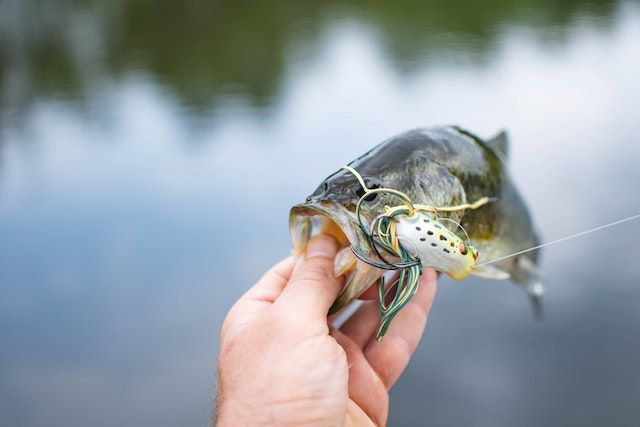
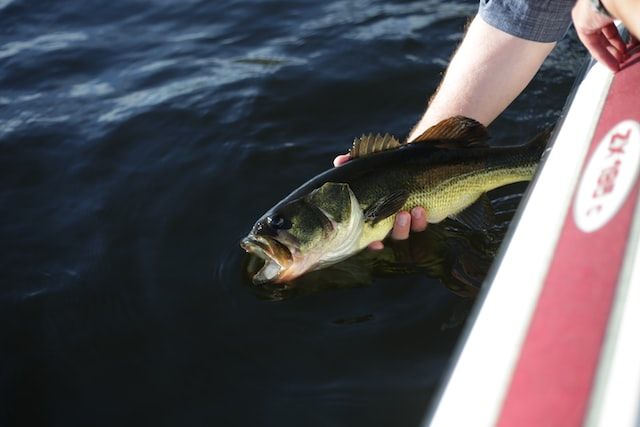
Benefits Of Kayak Fishing
Kayak fishing is one of the hottest trends in the outdoor industry today. Extremely popular with costal anglers, the paddling-and-angling approach is quickly drifting inland as freshwater anglers catch the kayak-fishing bug.
More freshwater enthusiasts are becoming kayak converts — and for good reason. Compared to power boats, kayaks are a low-cost solution for getting off the shore and on top of some great fishing spots.
Although there's no shortage of fish you can target out of a kayak, paddling your way to a largemouth backwater bonanza is definitely one of my favorite ways to spend a day.
Bass Fish Classifications
Smallmouth Bass - Their big-mouthed brothers may get the headlines, but Smallmouth Bass are just as worthy of the limelight. They’re every bit as wily and put up an even better fight pound for pound. At least, that’s what the “Smallie” crowd says.
Smallmouth are smaller on average. They like colder water and stronger current. You can find both fish in the same place, but one always tends to be more dominant.
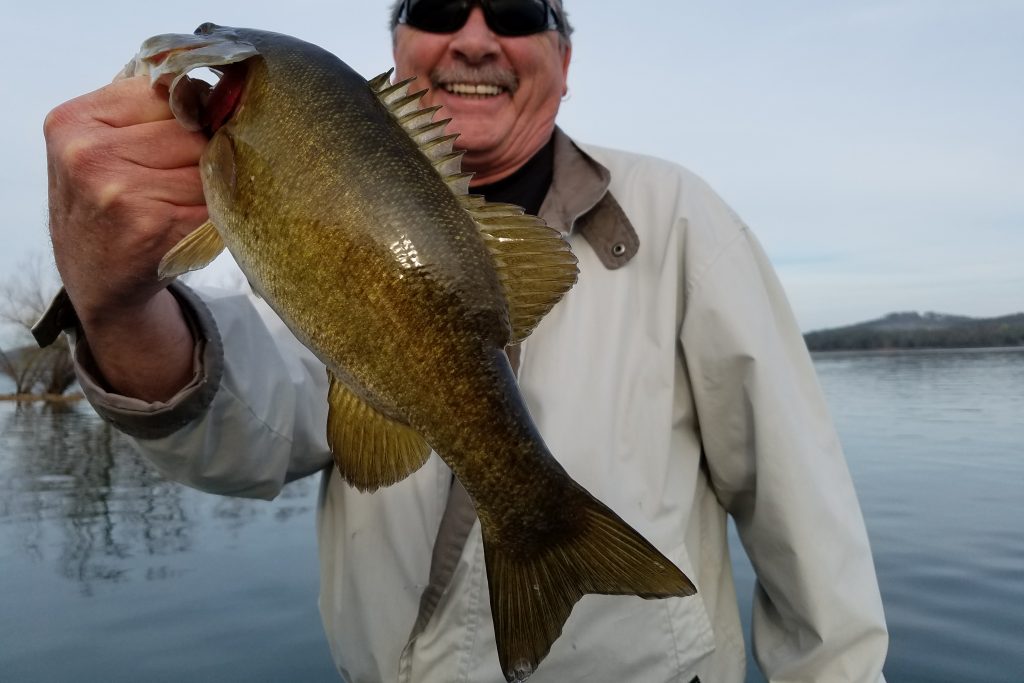
Spotted Bass - “Spotties” are much less common and are unfairly overlooked by many Bass anglers. When people do catch them, they often mistake them for Largemouth because of their similar coloring. The best way to tell the two apart is that the upper jaw on a Spotted Bass doesn’t extend past its eye. In plain English, it doesn’t have such a large mouth as Largemouth.
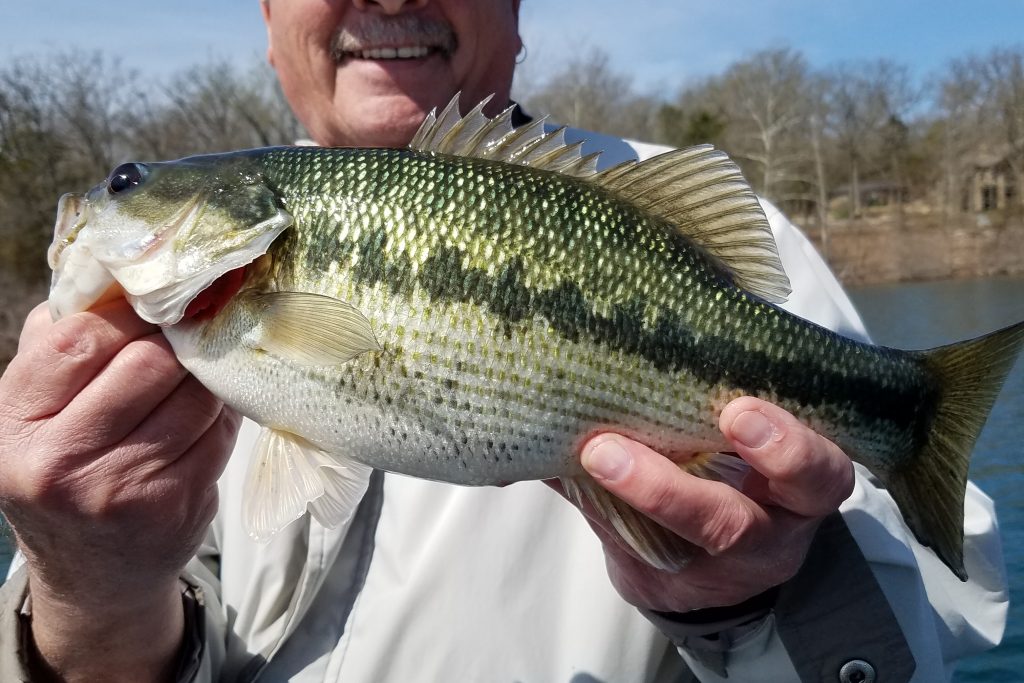
Spotted Bass like water somewhere between what their famous cousins go for. It needs to have some current, like with Smallmouth, but in warm, murky water, where you’d expect to find Largemouth. Essentially, they’re the “baby bear” of the Black Bass family.
Largemouth Bass - They say you can never fool a Largemouth the same way twice. They’ll attack fish, insects, and even small birds with incredible aggression, but will avoid the most convincing lures if they came across them before. Their intelligence is probably exaggerated by Black Bass fanatics, but nobody can deny that Largemouth are an amazing game fish.
The funny thing is that, to your average non-angler, Largemouth Bass probably look pretty boring. They’re small. They’re round. They have no crazy fins or exciting color patterns. It really is all about the fight with these lake-loving legends.
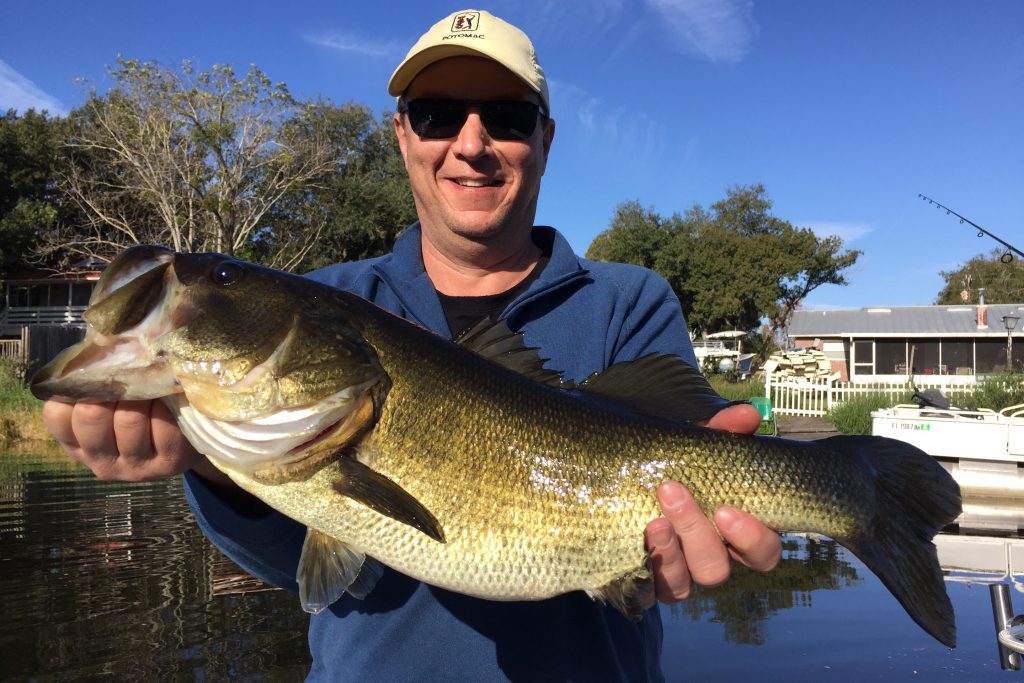
How To Kayak Fish For Bass
Nothing beats the realistic feel of plying the waters from atop a kayak. Maximizing your catch and experience with some top tips from seasoned experts can help you perfect this form of angling.
We have distilled five essential tricks for mastering bass fishing in kayaks that you won’t want to miss!
Wow your friends with stories about consistently improving catches like never before, thanks to these simple tried-and-true tips used by our best guides over many years on the water.
Pick The Right Kayak - We recommend going with a sit-on-top kayak over a sit-in kayak. These kayaks are more stable for bass fishing and much more maneuverable. I find that sit-on-top kayaks are just better suited for fishing. They offer better storage compartments, are more versatile, and also sit a little higher in the water. For bass fishing, make sure you pick a good fishing kayak.
Choose A Kayak You Can Stand In - A good sit-on-top kayak that will allow you to stand up while fishing. You can catch bass while seated but you be will so much better off fishing from a standing position.
There are so many good kayaks out there that allow you to stand up while fishing very comfortably. These kayaks are stable and allow for a much better range of motion.
The bottom line is that you will catch a lot more bass standing up than you ever will sitting down. Being seated limits you so much for bass fishing.
Peddle Kayaks Free Your Arms - Peddle kayaks offer more power for moving through moving water or over greater distances than your paddle strokes can offer.
They are also easy to turn as well. For bass fishing, I think peddle kayaks are the best option because you won’t be burdened by oars getting in the way as you fight the fish alongside the kayak.
You can bring oars with you just in case but strap them down behind you and only use them if needed.
Do Not Overload Your Kayak - Kayaks are limited in available space and weight they should handle. Just because you have boxes of bass lures and 4 different rods doesn’t mean you should take them with you.
Decide ahead of time according to the season and weather, what style of bass fishing you will be doing. I recommend no more than 2 rods and a single tackle box full of what you will actually be throwing. If you are fishing in the winter, don’t bring a tackle box full of frogs.
Only bring what you need and leave everything else at home. Clutter will cause issues if you hook into a good bass.
Fish The Shoreline - Kayak fishermen should fish closer to the shoreline for a variety of reasons. Bass tend to hunker around points, vegetation, humps, and docks that line the shoreline.
These features will be within easy casting range if you hug the shallower water.
Shallow water close to the bank is also safer for kayak fishing. Open water can be dangerous, even if you are wearing a life jacket. If you do want to hit deeper water, bring along a buddy with you so you can both fish these open areas and help each other out if needed.
Kayak Bass Fishing FAQs
Bass fishing is a popular sport, but there are a lot of things that go into it that people might not know about.
Even if you’re an experienced bass fisherman, there’s always more to learn. And even if you’re just getting started, there are a lot of questions you probably have.
We’ve collected the most frequently asked questions about kayak bass fishing and answered them all right here.
What is the best bait for bass fishing?
The best bait for bass fishing depends on the type of fish you’re trying to catch, as well as the season and water conditions. Generally, live bait such as worms, minnows, crayfish, frogs, and leeches work well for catching bass. Artificial lures such as crank baits spinnerbaits and plastic worms can also be effective.
What is the best time of day to go bass fishing?
The best time of day to go bass fishing is early morning or late evening when the sun is low in the sky and there’s less light penetrating into the water. This makes it easier for bass to see their prey and increases their feeding activity.
What type of rod should I use for bass fishing?
The type of rod you should use for bass fishing depends on what type of lure or bait you’re using. Generally, a medium-heavy action rod with a fast tip is ideal for casting artificial lures such as crank baits and spinnerbaits. For live bait such as worms or minnows, a medium-light action rod with a slow tip works best.
How deep should I fish for bass?
Bass can be found at different depths depending on the season and water conditions, but they typically stay in shallow waters during warmer months when they’re actively feeding. During colder months they tend to move deeper into cooler waters where they can find food more easily. The ideal depth range for catching bass is usually between 4-8 feet (1-2 meters).
What size hook should I use for bass fishing?
The size hook you should use for bass fishing depends on what type of lure or bait you’re using and how big your target fish are likely to be. Generally, smaller hooks (size 8-10) work well with small baits such as worms or minnows while larger hooks (size 6-4) are better suited for bigger baits such as crank baits or spinnerbaits.
Fishing from a kayak has many advantages, such as greater mobility and stealth. Kayaks provide a stable platform for casting and retrieving lures, as well as allowing anglers to reach areas that are inaccessible from shore.
With proper preparation and the right tackle, kayak fishing can be an enjoyable, rewarding experience whether you're trying to catch bass or any other species of fish!
We've done the research so you don't have to! To browse our Top Picks for Best Side Imaging Fish Finder please click the link below!
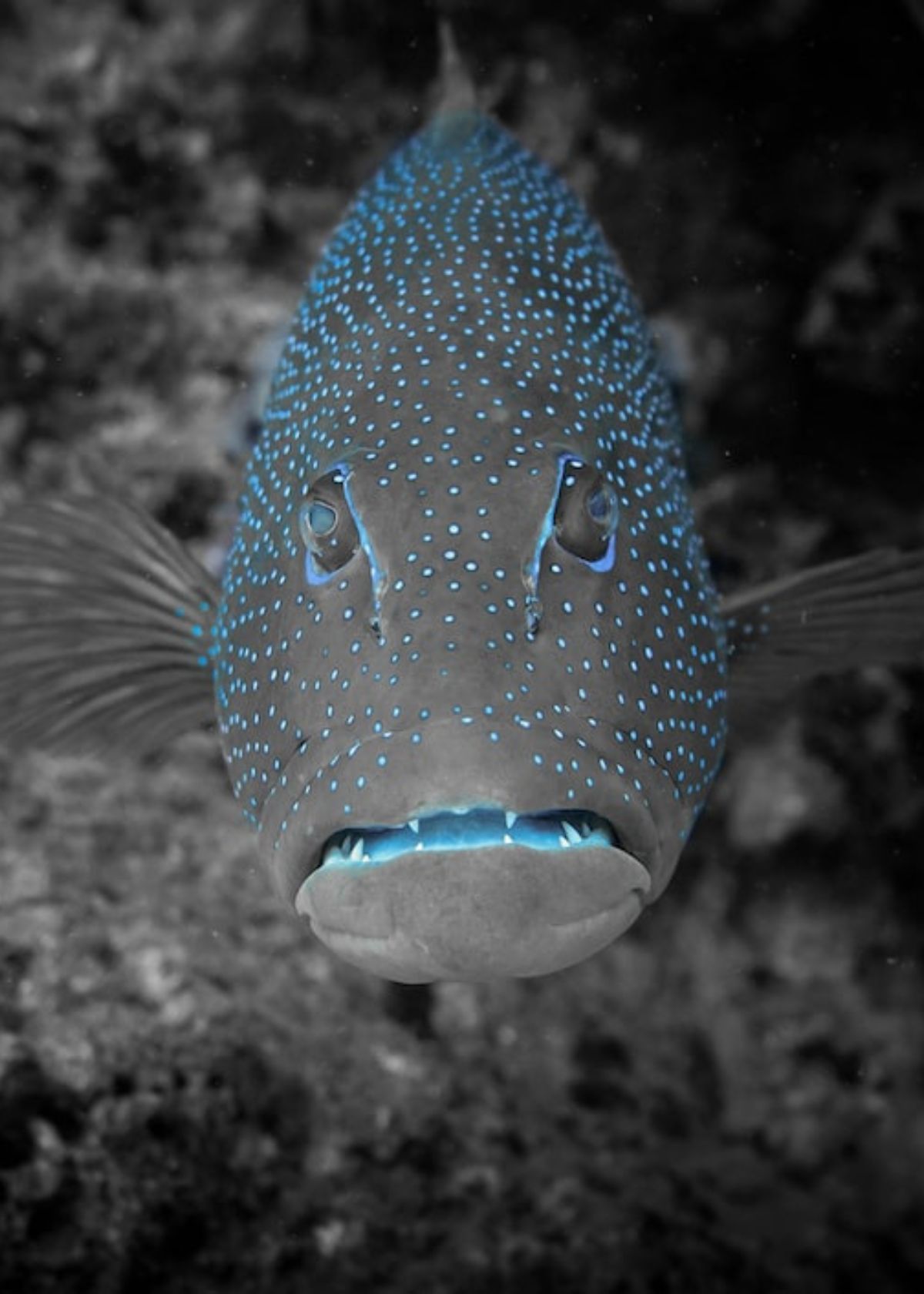
Your Friends,
LoveNatureReviews Team





